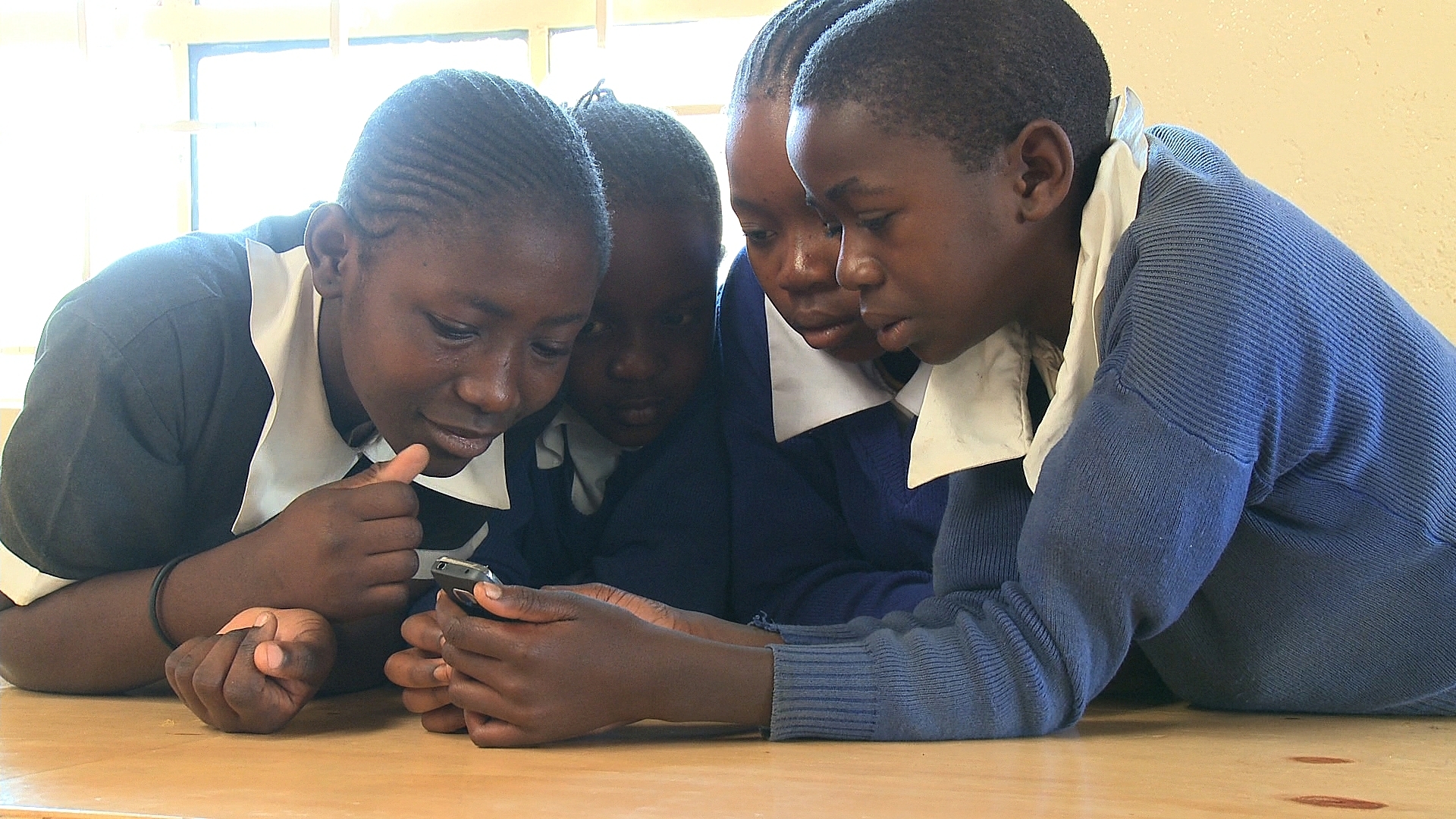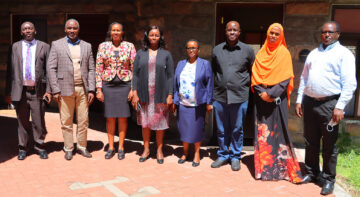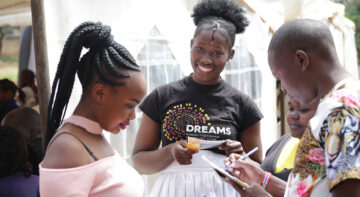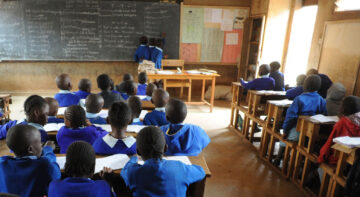Blogs

In April 2015, the Reproductive and Maternal Health Services Unit of the Kenya Ministry of Health (RMHSU MoH) in collaboration with AFIDEP formed a Task Force to review and revise the existing national Reproductive Health (RH) Monitoring and Evaluation (M&E) tools to enhance reporting of ASRH routine service utilisation data in Kenya.
The Task Force membership represented 15 key institutions implementing Adolescent Sexual and Reproductive Health (ASRH) programmes, research and/or with expertise in M&E including the Ministry of Health (national and county officials), public and private health facilities (Kenyatta National Hospital and Family Health Options of Kenya) and key development partners.
The Task Force met twice in April and May 2015 to
- Identify gaps in the existing RH M&E tools and also M&E tools of other important programmes relevant to adolescence, and;
- Recommend and negotiate revisions with the MoH Health Information System Unit (HIS) – the Unit responsible for developing/establishing and implementing MoH institutional M&E tools and processes.
Identified gaps in ASRH data reporting tools
The Task Force reviewed 5 RH M&E tools including 4 facility level registers [the Family Planning (FP), Antenatal Care (ANC), Maternity and Postnatal Care (PNC) registers] and the integrated RH monthly summary reporting form.
In addition to reviewing the RH M&E and M&E tools from other programmes, which address factors that influence ASRH, outcomes were also reviewed in an effort to harmonise all tools reporting data relevant to ASRH.
Key issues identified included sexual and gender-based violence (SGBV) including rape and female genital mutilation (FGM), PMTCT and Post-abortal care (PAC).
The following gaps and challenges were identified:
- All registers lacked a provision for summarising ASRH service statistics;
- While the integrated RH monthly summary reporting form includes data on a few ASRH indicators, the age cohorts used was wider than recommended (10-19 years). The recommended age cohorts for adolescent are 10-14 years (early adolescent) and 15-19 years (late adolescent). Evidence indicates that the two age cohorts face different risks and challenges related to their sexual and reproductive health. In addition, the draft new ASRH policy focuses on these two cohorts;
- The age cohort 20-24 years while not considered adolescents still experience unique challenges relative to older adults that need to be tracked. All tools lacked disaggregated SRH data for this age group;
- The integrated RH monthly summary reporting form was already crowded and this would have implications on the number of indicators that could be introduced into the tool;
- Reporting of ASRH data on the few indicators included on the integrated RH summary form was poor. This was blamed on system-wide challenges including health workers not complying with reporting requirements due to lack of time to manually analyse the data;
- The age cohorts used in the SGBV M&E summary reporting form did not align to those recommended for ASRH; and
- PAC indicators which were previously reported on the integrated RH summary reporting form were now missing.
Recommendations for addressing identified gaps and challenges
The Task Force made the following recommendations to address the gaps and challenges identified.
- System-wide challenges linked to poor reporting of service utilisation data will have to be addressed using a system-wide approach including training of health workers, establishment of incentives for improving reporting and establishment of an electronic platform for reporting services at health facility level;
- Negotiate with the MoH HIS Unit to:
o Introduce on the integrated RH summary reporting form new indicators for reporting adolescent maternal deaths, adolescents receiving PAC, adolescent fistula cases; and
o Disaggregate all ASRH indicators reported on the integrated RH summary reporting form into age cohorts 10-14, 15-19 and 20-24 years. - Negotiate with the national gender programme to align the age cohorts used for the SGBV indicators reported on the integrated RH summary reporting form to those for ASRH.
Revisions adopted by the Task Force
The Task Force successfully negotiated an increase in the ASRH indicators reported on the integrated RH summary reporting form from 2 to 8 and a revision of the age cohorts used for the 5 SGBV indicators reported on the integrated RH summary reporting form to closely align to the ASRH age cohorts. The indicators adopted are presented in the table below.
A few limitations influenced the ASRH indicators adopted by the Task Force including:
- Limited space on the integrated RH summary reporting form. As a result, some ASRH indicators maintained the broader adolescent age cohort (10-19 years);
- The age cohorts used for the SGBV indicators are aligned to the Sexual Offence Act which criminalises defilement of children under 18 years. Therefore the SGBV age cohorts could only be revised to the extent that the revision remained aligned to the Sexual Offence Act. The Task Force was able to negotiate for the 10-17 years age cohort which would still meet the national gender programme’s objectives to track defilement cases.
What next?
The proposed ASRH indicators were submitted for approval and adoption to the MoH Division of Health Information Management and M&E after which the tools will be disseminated nationwide for implementation over the next 5 years. Periodic review of ASRH data reporting will be an important step towards addressing other bottlenecks to using data for decision making.
Related Posts





